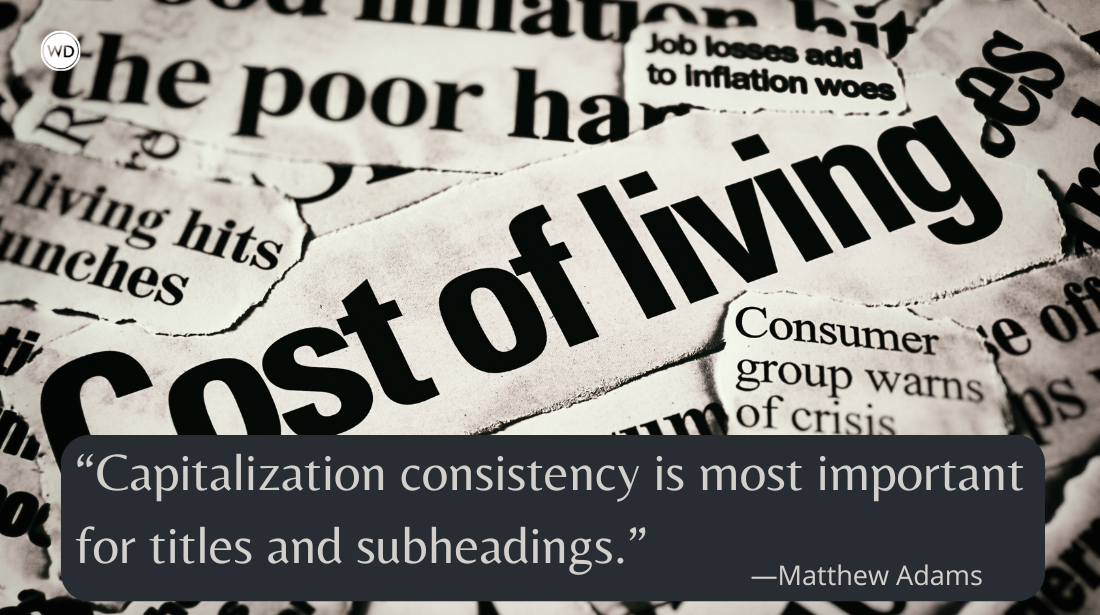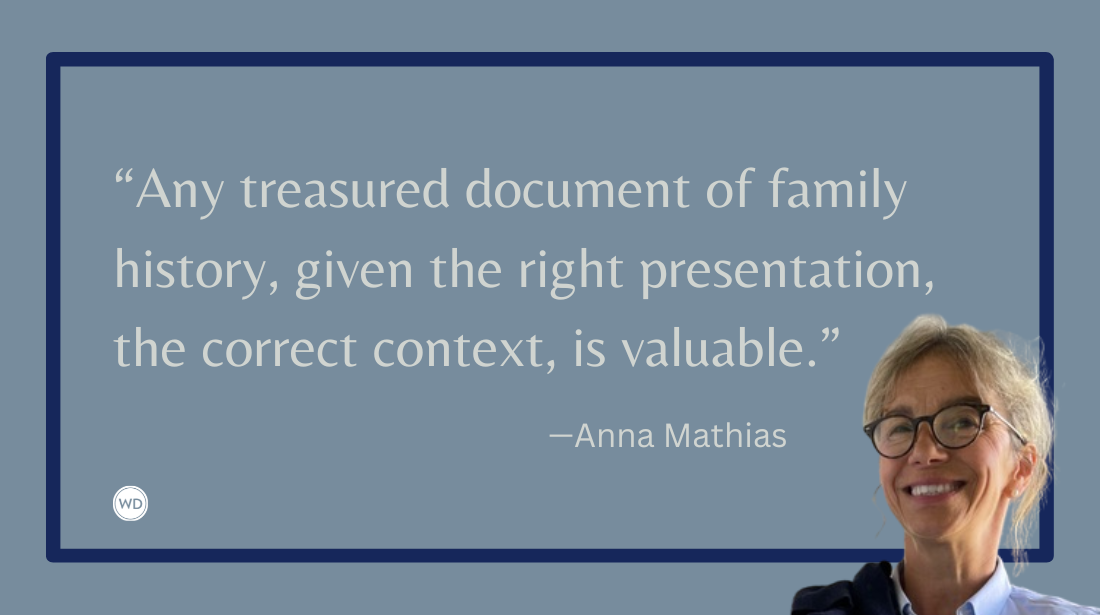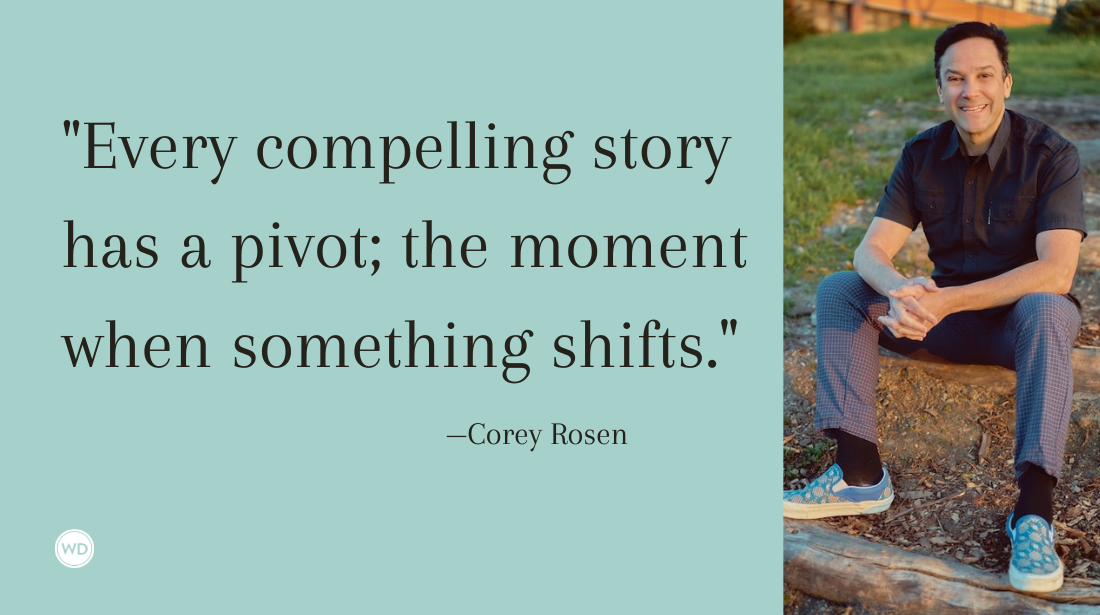The Civil War has captivated the interest of people in the United States and beyond more than any other episode in U.S. History. Over the course of four years, this conflict evolved form unpredictable political turmoil into massive total war that claimed the lives of more than 600,000 Americans (more than all U.S. personnel killed in World War I, World War II, the Korean War, and the Vietnam War combined) and that has, arguably, done more to influence the course of our nation than has any other single event.
Today, an unprecedented number of people are interested in the American Civil War, fueling the creation of movies, documentaries, history books, and novels about the "War Between the States." Movies like Gettysburg and Glory gained instant followings; Ken Burns' PBS documentary The Civil War is considered by many to be one of the best documentaries ever made; and novels about the Civil War, such as The Killer Angels, Gods and Generals, and Cold Mountain, are regularly on the bestseller lists. Indeed, since the Civil War ended in 1865, more non-fiction books and novels have been written about it than about any other war involving the United States.
This fascination with the Civil War has persisted for more than 130 years and is not likely to fade any time soon. One reason for this fervent interest is the proximity of the war's events to the everyday lives of so many modern Americans.
Reminders of this are provided by the streets still bearing the names that appear in period accounts of the war, by towns contested by the opposing armies and by cities and military posts named for the generals who led the opposing forces. People in Pennsylvania, Maryland, Virginia, North Carolina, South Carolina, Georgia and Washington DC, drive to work and the store on the same roads massive armies marched along more than 130 years ago.
Boaters cruise the same inland waterways, coasts and rivers that U.S. Navy ships guarded, desperate blockade runners plied by night and armored gunboats patrolled. Inhabitants of the Mississippi River Valley live within hours of the savage raids and battles of the war in the West. Citizens of places like Baltimore, Atlanta and New Orleans live in cities that were under military occupation. Indeed, the greatest, most destructive war ever seen in North America was found on ground many of those citizens walk across every single day.
Everyday Life During the Civil War is intended to be a broad-based introduction to the day-to-day conditions, attitudes, and events of the period. For some, this book may be the only tool they need to research the Civil War, or one of just a few, while for others it will serve as one resource among many and a guide toward finding others.
While the war was fought from 1861 to 1865, it is a bit contrived to imagine that this period existed in a vacuum. Thus, the years 1859 to 1877 are also covered to some extent, from John Brown's raid on Harper's Ferry, Virginia, through the end of Reconstruction.
Resources provided in this book include an overview of the North and South before, during, and after the war; descriptions of life during the war, including what people ate, what they wore, the sort of work they did, how they entertained themselves, and where they got their information; an overview of the opposing armies and the soldiers who fought in them; a time line that describes the major events and battles of the war and its aftermath in chronological order; examples of songs and poems composed during the Civil War; and resources readers can use to do further research into specific aspects of the Civil War.
Depending on the historical depth the reader seeks, additional information may be needed. For example, the time line covers all the major battles of the war, but only briefly. Thus, readers who seek information about specific military actions, such as battles or campaigns, should read more in-depth descriptions of them in history books or memoirs. In any case, this book will be a useful tool for anyone interested in one of the most fascinating aspects of American history.
Excerpted from Everyday Life During the Civil War ? 1999 by Michael J. Varhola. Used with permission of Writer's Digest Books, a division of F&W Publications, Inc. All rights reserved. No part of this excerpt may be reproduced or reprinted without permission in writing from the publisher.









